Audiometry
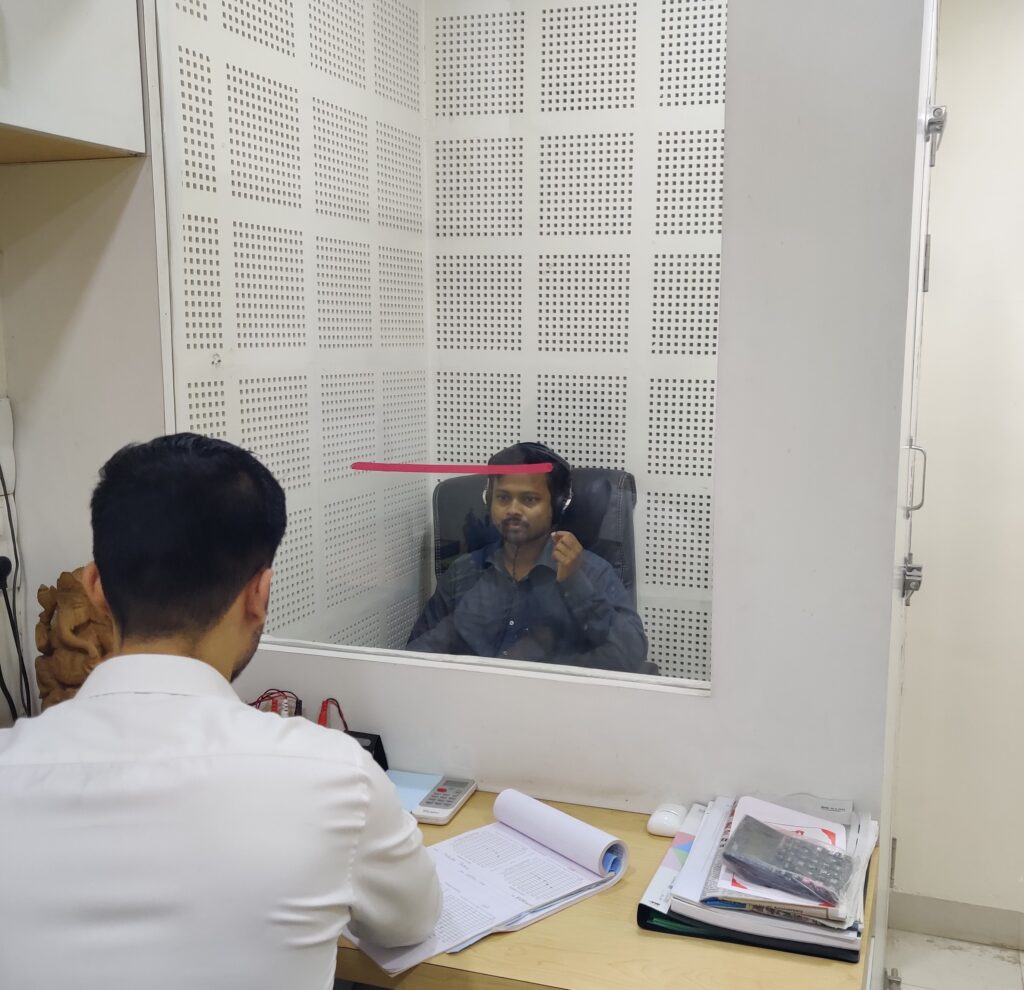
An audiometry test is a type of hearing test that measures an individual’s ability to hear sounds of different frequencies and intensities. The test is typically conducted in a soundproof booth or room, and involves the use of headphones or earplugs to deliver sounds to each ear separately.
During the test, the individual is asked to respond to different sounds by indicating whether they can hear them or not. The results of the test are plotted on an audiogram, which is a graph that shows the individual’s hearing ability at different frequencies and intensities.
Audiometry tests can be used to diagnose various types of hearing loss, including conductive, sensorineural, and mixed hearing loss. They are also used to monitor the progression of hearing loss over time, and to determine the effectiveness of hearing aids or other treatments
ABR and OAE
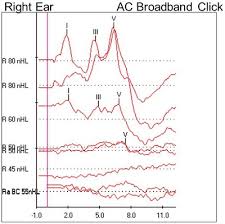
ABR (Auditory Brainstem Response) and OAE (Otoacoustic Emissions) tests are two types of diagnostic tests that are commonly used in audiology to evaluate hearing.
ABR test measures the electrical activity of the auditory nerve and brainstem in response to sound stimuli. The test involves placing electrodes on the scalp and recording the electrical responses generated by the nerve and brainstem in response to sounds presented through headphones. ABR test can help determine the degree and type of hearing loss, especially in newborns, young children, and individuals who cannot provide reliable responses to conventional hearing tests.
OAE test, on the other hand, measures the sounds produced by the inner ear in response to sound stimuli. A small probe is placed in the ear canal, and a sound stimulus is presented. The test measures the sounds that are reflected back from the inner ear, called otoacoustic emissions. OAE testing can help detect hearing loss caused by damage to the outer hair cells in the inner ear, which is often the first site of damage in noise-induced hearing loss. It has been also a screening device used in screening hearing loss in new born.
Hearing aid trials and fitting
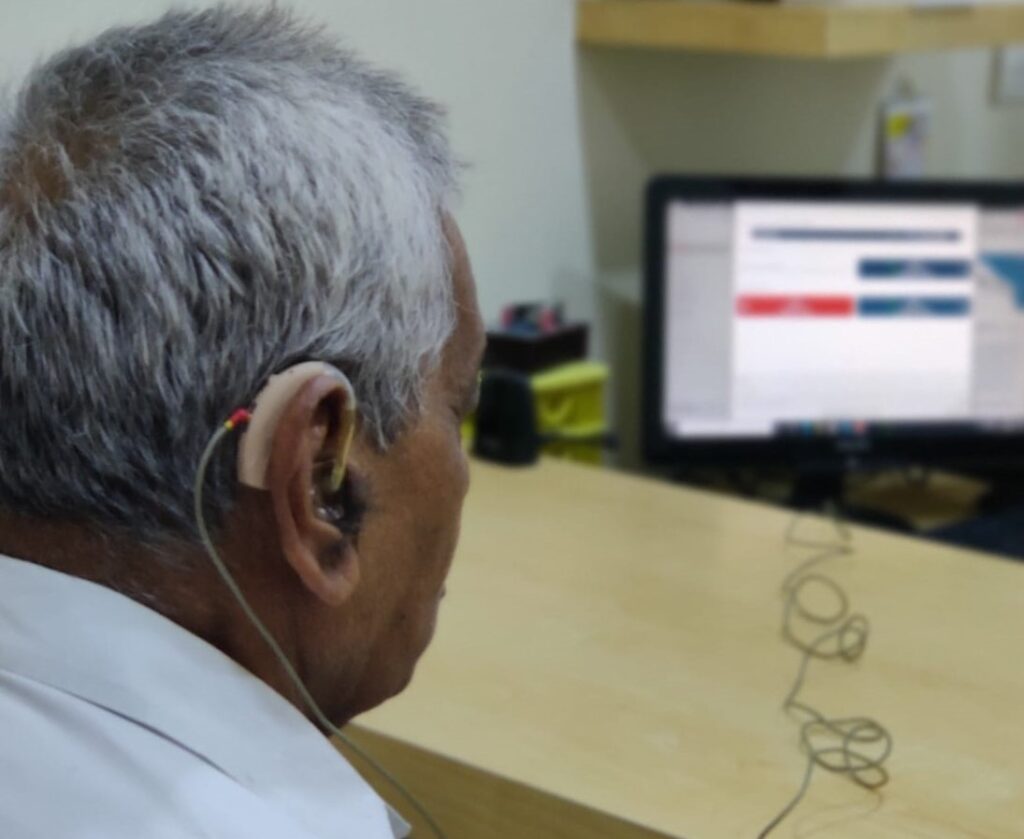
A hearing aid trial and fitting is the process of testing and adjusting a hearing aid to ensure it is properly customized and optimized for a person’s specific hearing needs. The trial typically involves several steps, including a hearing evaluation, selecting a suitable hearing aid, and fine-tuning the device’s settings to achieve the best possible hearing outcome.
During the hearing evaluation, an audiologist or hearing specialist will assess a person’s hearing loss and determine if a hearing aid is necessary. If a hearing aid is recommended, the specialist will help the person select a hearing aid that meets their needs, preferences, and budget.
Once a hearing aid is selected, the fitting process begins. This involves programming the device’s settings to match the person’s specific hearing needs, such as amplifying certain frequencies more than others. The specialist will also adjust the hearing aid’s volume, tone, and other features to ensure it is comfortable and effective.
Tinnitus evaluation and management
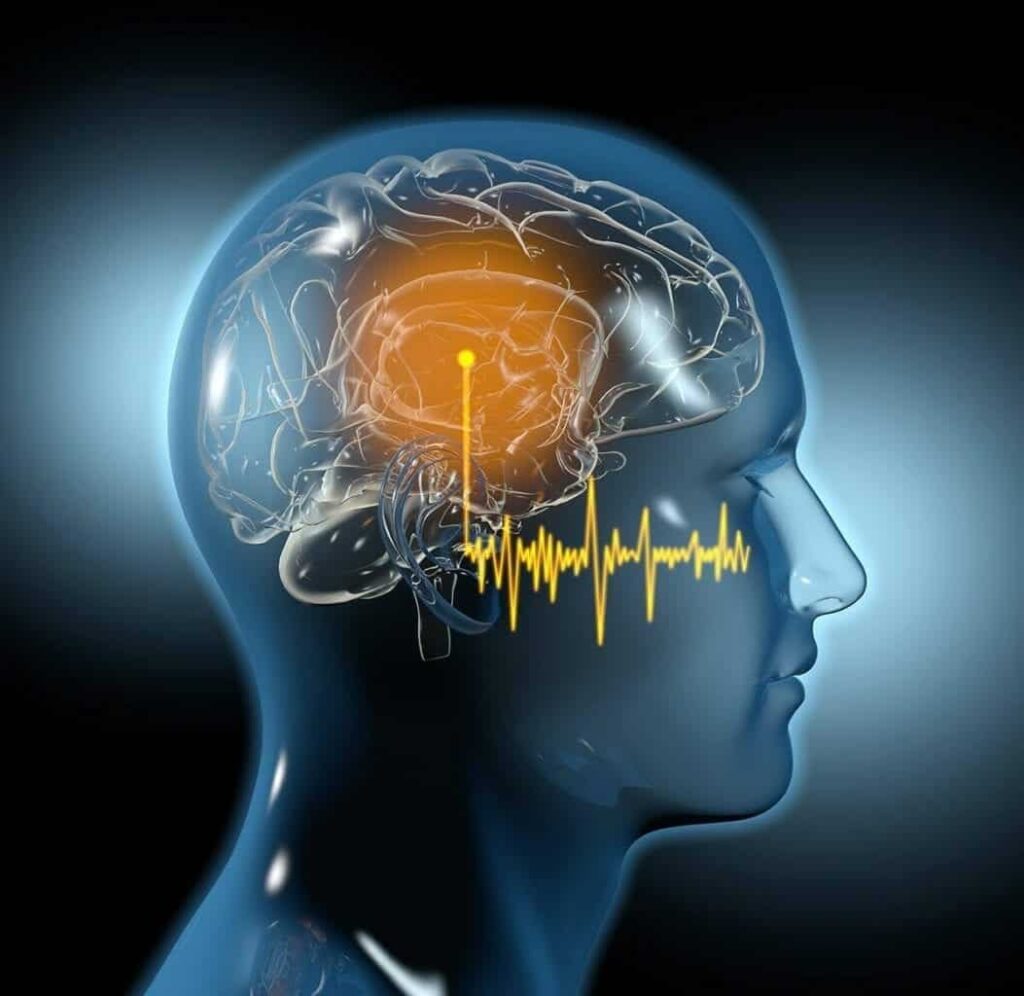
Tinnitus is the perception of sound, such as ringing or buzzing, in the ears or head without any external source. The evaluation and management of tinnitus typically involves several steps to identify the underlying cause of the condition and develop an appropriate treatment plan.
The first step in evaluating tinnitus is to obtain a thorough medical history, including a description of the perceived sound and any associated symptoms, as well as any medications or other factors that may be contributing to the condition. A physical examination of the ears and head, as well as a hearing test, may also be performed to help diagnose tinnitus and rule out other underlying conditions.
Management of tinnitus can involve a variety of approaches, depending on the severity and underlying cause of the condition. For some individuals, sound therapy, such as white noise or music, can help to reduce the perception of tinnitus. Other options may include cognitive behavioral therapy, which can help individuals to better manage the emotional and psychological impact of tinnitus, and medication, such as antidepressants or anti-anxiety drugs, which may help to reduce the severity of symptoms.
Speech Therapy

Speech therapy is a specialized form of therapy that aims to improve communication skills, including speech, language, and social communication. It can be used to treat a wide range of communication disorders, including:
- Articulation disorders: These involve difficulty producing speech sounds or pronouncing words correctly.
- Fluency disorders: These involve disruptions in the flow of speech, such as stuttering or cluttering.
- Voice disorders: These involve problems with the vocal cords or other parts of the voice box, which can lead to hoarseness, breathiness, or other changes in the quality of the voice.
- Language disorders: These involve difficulty understanding or expressing language, including problems with vocabulary, grammar, and syntax.
- Social communication disorders: These involve difficulty using language appropriately in social situations, including understanding and following social rules and norms.
Speech therapy may involve a range of techniques and interventions tailored to the specific needs of the individual. These can include exercises, activities, and technology designed to improve speech sounds, language comprehension and expression, social communication skills, and overall communication abilities.
Ear Impression
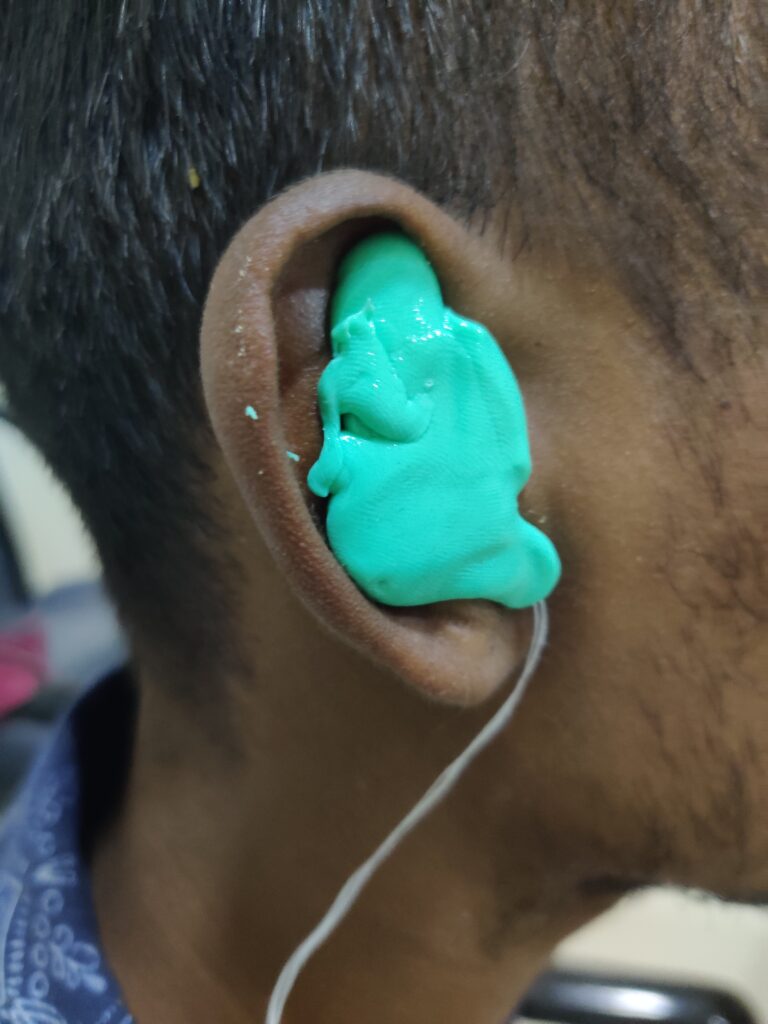
An ear impression for a hearing aid is a personalized mold of the ear canal, created by audiologists or hearing care specialists. It ensures a comfortable and secure fit for the hearing aid device, enhancing its performance and effectiveness in delivering sound. Accurate ear impressions are vital to prevent discomfort and achieve optimal noise isolation. Trust qualified professionals to take precise ear impressions for a seamless hearing aid experience.
